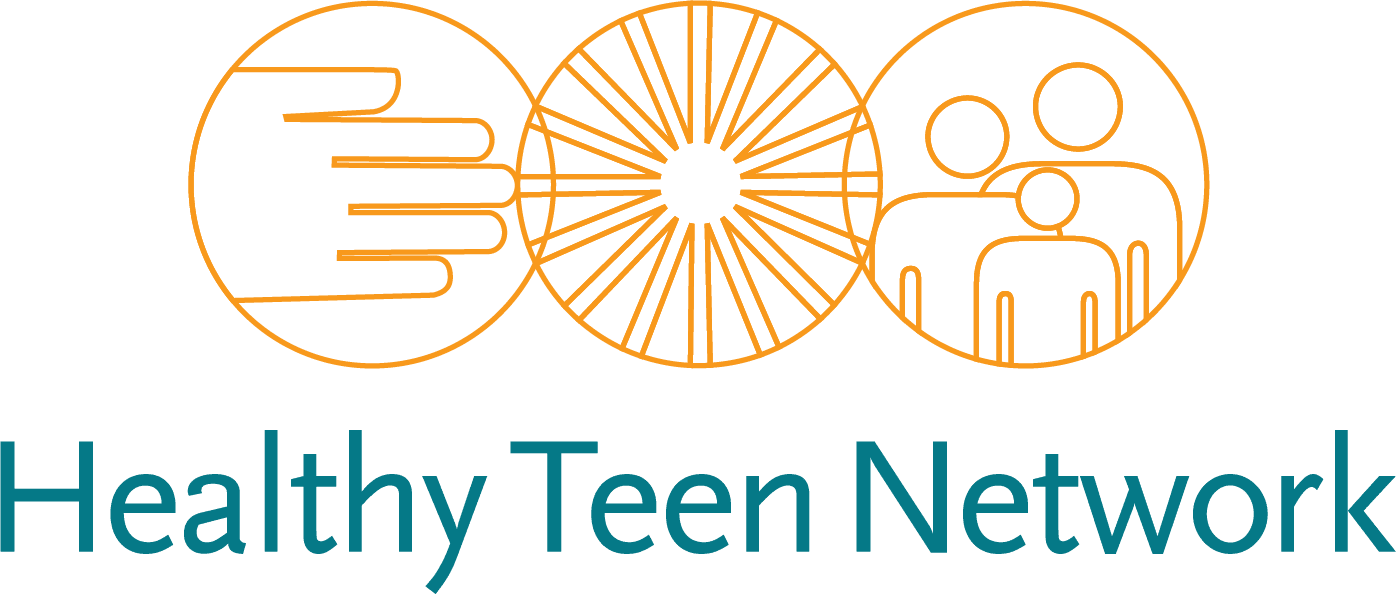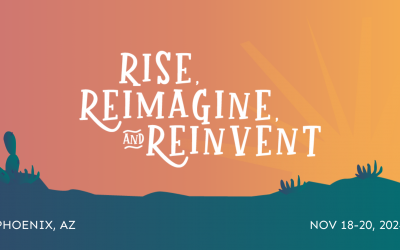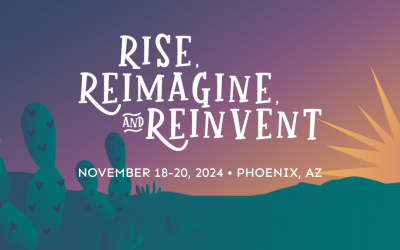
Straight from our trainers, these presentation tips will set you up for a fabulous presentation

February 16, 2024
You could say we’ve done this a few times. As a capacity-building organization, our staff are well versed in how to give an effective presentation. Here are some tips to help you design and facilitate effective presentations.
When preparing for your presentation:
Make it fun!
Be creative and authentic in your design, title, and description. A little humor never hurts!
Clearly identify the intended, appropriate audience.
It is important to identify who the presentation is for, so you can tailor the content of the presentation. Focusing your design on a specific audience makes the presentation feel relevant and relatable for the participants.
Write a catchy, creative title and a clear, detailed description.
Participants want to be able to make appropriate choices when planning their schedule, so they need to know who your presentation is for, what they are going to learn or be able to do, and why it is important to them.
Incorporate new ideas and the latest research.
Participants are attending your presentation to learn what is NEW! Make sure your content is relevant to what is happening today.
Time your presentation well and present an appropriate amount of content.
It’s tempting to pack too much content into a short session, but learners will feel more satisfied knowing something really well, rather than feeling rushed and unclear about a large amount of information. And be sure to allow time for questions.
Use adult learning principles.
Adult learning principles can help you understand how your audience learns, so that you can deliver your content in a way that will be most accessible. Remember—what you are saying matters as much as how you are saying it.
Avoid lectures.
People learn better when they feel involved and when content is processed through their own experience. Avoid telling participants information—instead, help them make discoveries themselves.
Break up the presentation with various learning strategies.
Active learning strategies help your participants get engaged and involved in your presentation. There are tons of active learning activities. Choose one (or a few) to incorporate into your presentation!
Use appealing visual aids.
If using PowerPoint or similar software, follow appropriate slide design principles. It’s helpful for learners to have a visual aid, but remember, the presentation is about you, not the slides, so do not make the slides a script for or the focus of the entire presentation.
Provide helpful materials, but don’t overwhelm your participants.
It can be useful for participants to have a tip sheet or a summary of some key information from the presentation, but too many materials can be overwhelming. Providing participants with all the information and notes can make them feel like they do not need to be engaged.
Prepare a detailed design, so another person could give the same presentation.
Maybe someone else in your organization wants to deliver the presentation again. A detailed design will make the presentation replicable, increasing organizational capacity. And of course, we never know what emergencies may pop up, so it’s important that another facilitator could easily follow your presentation design.
Run through your presentation in advance.
If possible, facilitate a pilot presentation. Practice, practice, practice! Get feedback from colleagues or friends.
From TED Talk-style presentations to panel discussions and more, we’re grateful to have had such amazing presenters at Heathy Teen Network conferences over the years!
PHOTO CREDIT: Gina Desiderio at Healthy Teen Network
When facilitating your presentation:
Keep it fun!
Same as with your design, be creative and authentic in your delivery…and humor always helps!
Leverage participants’ experiences.
Provide opportunities for discussion and sharing. If learners understand the relevance of the content to their own experiences, it can help them process and retain the information. Also, by sharing experiences, we can all learn from each other.
Save time for questions and feedback.
Allocate at least 10 minutes at the end of the presentation for a question-and-answer session and evaluation. Did you meet your objectives? The best way to improve is to get feedback from the participants! Save adequate time at the end for Q&A and evaluation.
Let them know how to follow up.
Provide information for further resources, as well as your contact information. Your participants may think of questions later, or need more information when it comes to applying your content. Make yourself and other resources available to them, so they can really apply their knowledge.
PHOTO CREDIT: Gina Desiderio at Healthy Teen Network
At Healthy Teen Network, we believe every young person has the right to be who they are and love who they love. And we see you, the professionals and caring adults, helping them do this. We know you do your best when you're connected to great opportunities and resources. That's why we're here...to help make those connections and support you. Read more about us.











